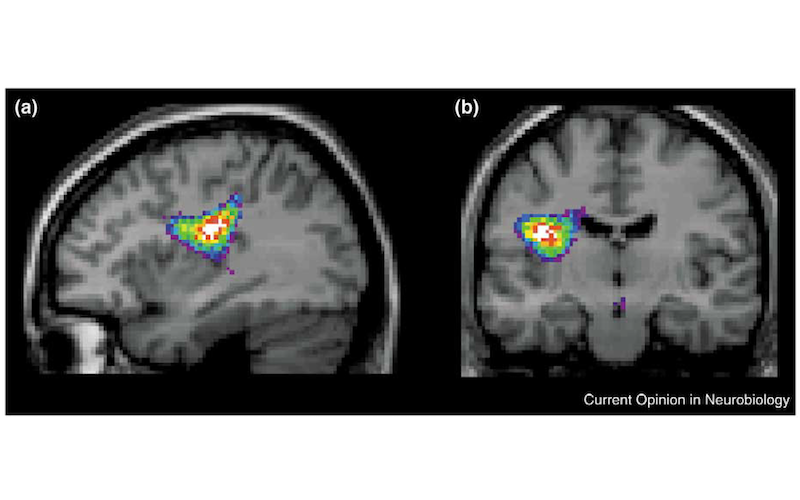
Much of what constitutes the present moment is sensed and acted upon at a subconscious level. These subconscious processes perfuse the whole organism – an example of this is the generation of homeostatic emotions (e.g. thirst). With thirst for example, we see a subconscious process ‘surfacing’ to a conscious level and prompting us into action – ‘drink water now!’ We can subsequently decide to ignore our thirst because we are preoccupied and potentially compromise the proper functioning of our body to some degree. The conscious sequencing of priorities that habitually override homeostatic emotions, can lead to an accumulation of moments which neglect the organism as a whole.
The present moment and the subjective experience of time, are intertwined with neurobiological realities and physiological necessities. The neurobiological perception of time is co-located with the parts of the brain which mediate interoception or ‘the sense of the physiological condition of the body’. These parts of the brain initiate responses to our physiological state and bind it with temporal information, enabling coordinated ‘timely’ homeostasis.
FEATURED IMAGE:
AD (Bud) Craig. Interoception: the sense of the physiological condition of the body (2003).
